Summary from the head of Goldman Sachs hedge fund: Why the market is much more resilient than expected, a bit like the end of 1998 or late 2007.
Goldman Sachs hedge fund leader Tony Pasquariello pointed out that the current market is in a macroscopically uncertain stage, but with strong technicals and corporate profits, somewhat similar to the trends at the end of 1998 and 2007. Multiple factors are supporting the US stock market, such as corporate buybacks, strong performance of technology stocks, and a tendency towards easing tariff tensions.
The US economy is slowing down, but the US stock market is still rising, why?
Tony Pasquariello, head of Goldman Sachs' hedge fund business, pointed out that the current market is showing a clear contradictory state. Bearish factors include the majority of market participants still expecting the US economy to fall into recession, investors questioning the sacred status of risk-free assets, and the Federal Reserve may not change its policy stance in the short term. But the good news is:
The US economy has clearly lost momentum, but the job market remains relatively stable.
Headlines related to tariffs remain unstable, but the overall trend is moving towards a more peaceful direction.
The market's technical outlook has turned favorable.
US technology companies are still performing well.
Therefore, the S&P 500 index has achieved a nine-day consecutive increase, with only a 3% decline since the beginning of the year. The price-earnings ratio is at the 85th percentile in the past 25 years. The S&P 500 index has completely filled the gap since April 2, volatility continues to decrease, with a 5-day volatility of only 8%.
What is the market thinking?
Pasquariello specifically mentioned several key points:
1. Fund flows and investor positions. The current market's technical outlook has improved. Over the past few months, many "leveraged investors" (such as quant funds, systematic funds) have been reducing their positions, but now they are buying at higher prices. While US individual investors are not as enthusiastic as before, they have not become net sellers yet, meaning they have not started selling off significantly. Finally, large banks and tech giants have disclosed their financial reports, and now is the peak period for companies to buy back stocks. Pasquariello expects corporate buybacks to exceed $1 trillion this year.
2. US technology stocks. The days of explosive earnings beats and crazy upward revisions in profit forecasts for US tech giants may be over. But it should be noted that companies like Apple, Microsoft, and Nvidia are still among the most aggressive in terms of "making money, reinvesting, and buying back stocks" globally, as seen in the capital expenditures and buyback amounts in their financial reports. Despite many investors reducing their exposure to tech stocks in recent months, the question now is whether investors are willing to come back. Pasquariello believes that at the very least, corporate buybacks will support the market.
3. US economic growth. Pasquariello quoted Anshul Sehgal's comments from last week when he did not fully understand: The US government's fiscal deficit has increased by 7% year-on-year, meaning that despite all the talk about excessive spending and the impact of DOGE, the reality is that the US is still spending money, and fiscal policy is moderately expansionary. This also explains why "hard data" (such as employment, consumption) has not shown a significant decline yet, with the government providing support behind the scenes.
4. Tariffs. While everyone is pondering how Trump's tariff policy will play out, there haven't been many substantive new updates this week. The core view is that "the most extreme wave has passed, but uncertainty remains, and economic friction will not disappear immediately." Pasquariello expects that in the next month, there may be some "trade framework agreements" announced while the US economic momentum slowly weakens.
5. Federal Reserve. The FOMC meeting next week may not see significant action. Pasquariello expects that Powell may try to speak as little as possible and adopt a posture of "the Federal Reserve remains in a passive response mode."
In conclusion, the current market is in a strange phase of macro uncertainty, but with strong technical and corporate earnings. Moreover, Pasquariello stated that he has recently seen many clients whose sentiment towards US assets is still very pessimistic, especially non-US investors, which explains why the stock market is more resilient than many imagine, somewhat similar to the trends in 1998 and the end of 2007 - the more fearful people are, the less the stock market drops.
Pasquariello pointed out that he does not know if this is a bull market or a bear market, but one thing is certain, the market's volatility will continue. From a technical perspective, while the upward trend of the S&P after the pandemic is being severely tested, it has not been broken so far.
This article was reprinted from "Wall Street See News," written by Fang Jiayao; GMTEight editor: Jiang Yuanhua.
Related Articles
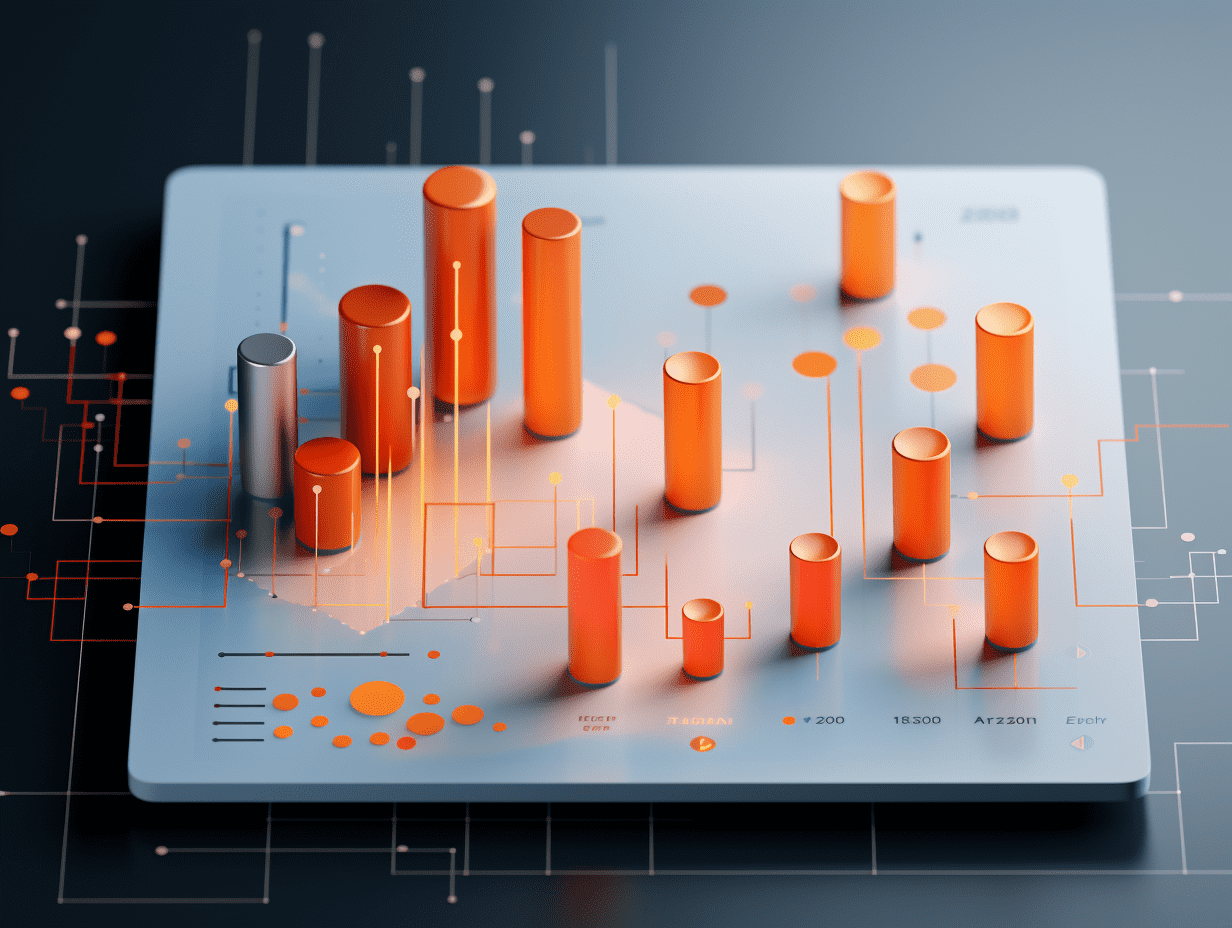
Bank of America's Hartnett: The market is expecting Trump to shift towards "lowering tariffs, lowering interest rates, and lowering taxes."
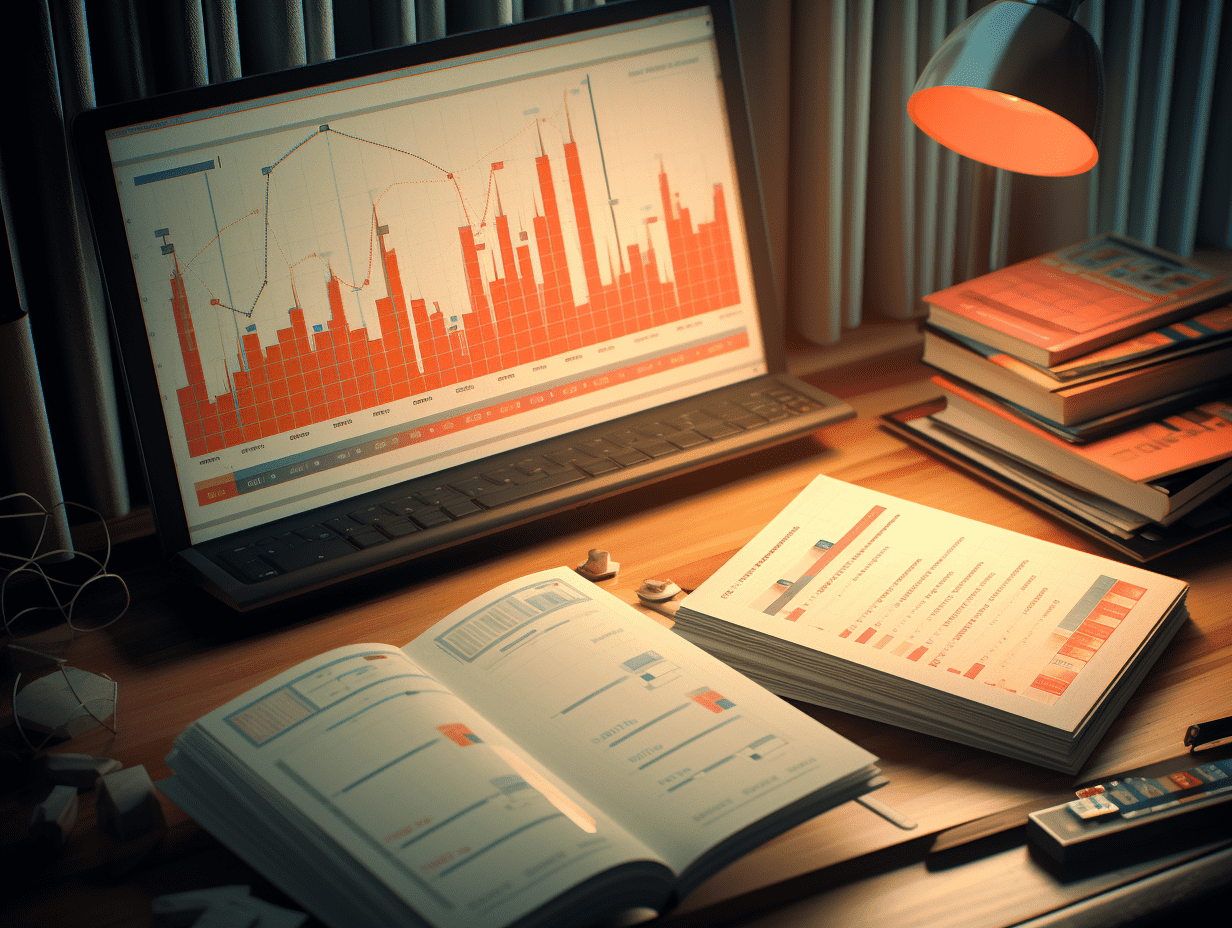
Ministry of Transport: On May 3, the total number of inter-regional personnel movements reached 289.775 million.

The vulture smelled blood! Hedge fund shorts American private credit giants
Bank of America's Hartnett: The market is expecting Trump to shift towards "lowering tariffs, lowering interest rates, and lowering taxes."

Ministry of Transport: On May 3, the total number of inter-regional personnel movements reached 289.775 million.

The vulture smelled blood! Hedge fund shorts American private credit giants

RECOMMEND
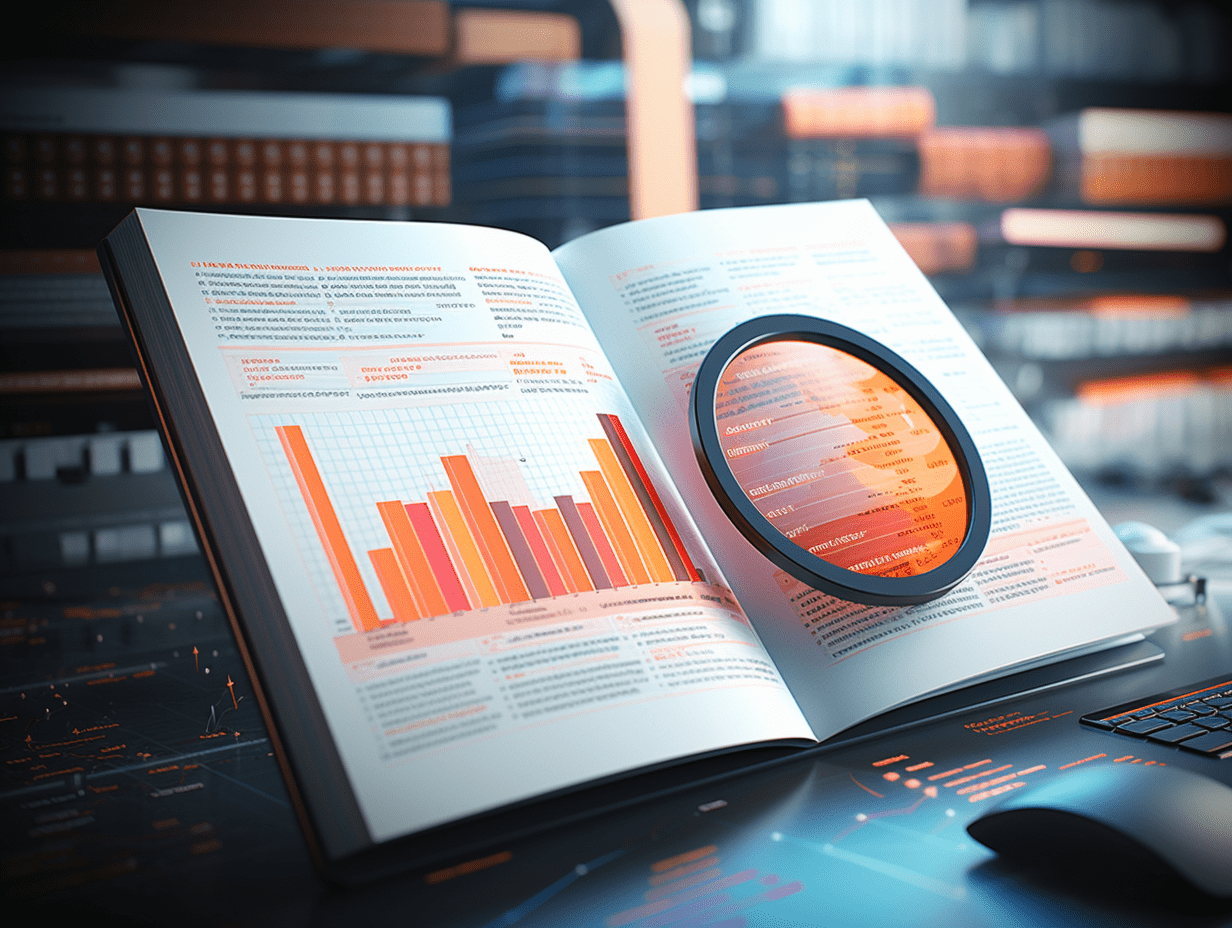
Berkshire Hathaway Shareholders Meeting Q&A Live: Buffett Talks about Trade, Japan, and Cash Deployment in 2025.
03/05/2025
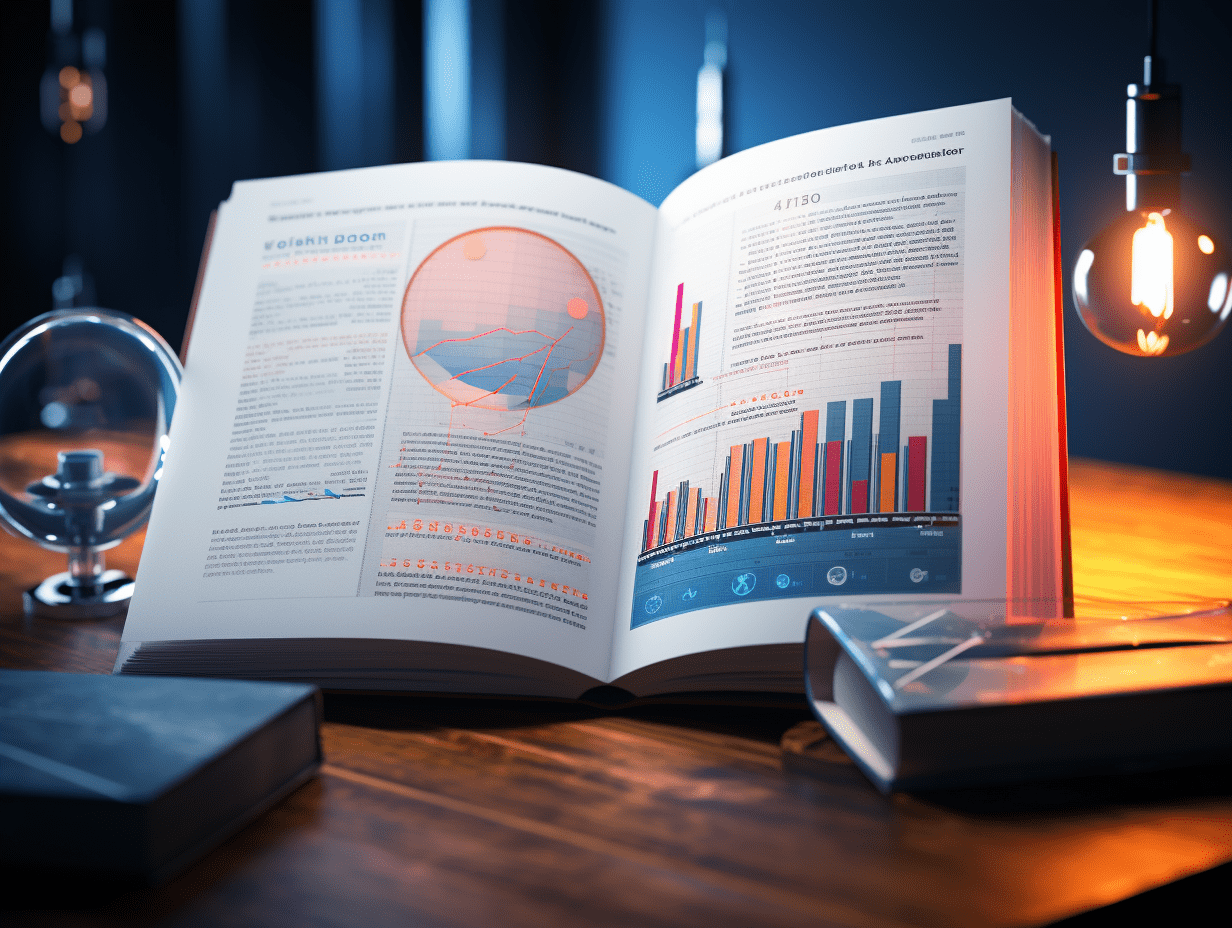
Why has net profit significantly decreased? Berkshire Hathaway (BRK.A.US) 2025 Q1 management discussion and analysis of financial condition and operating results.
03/05/2025
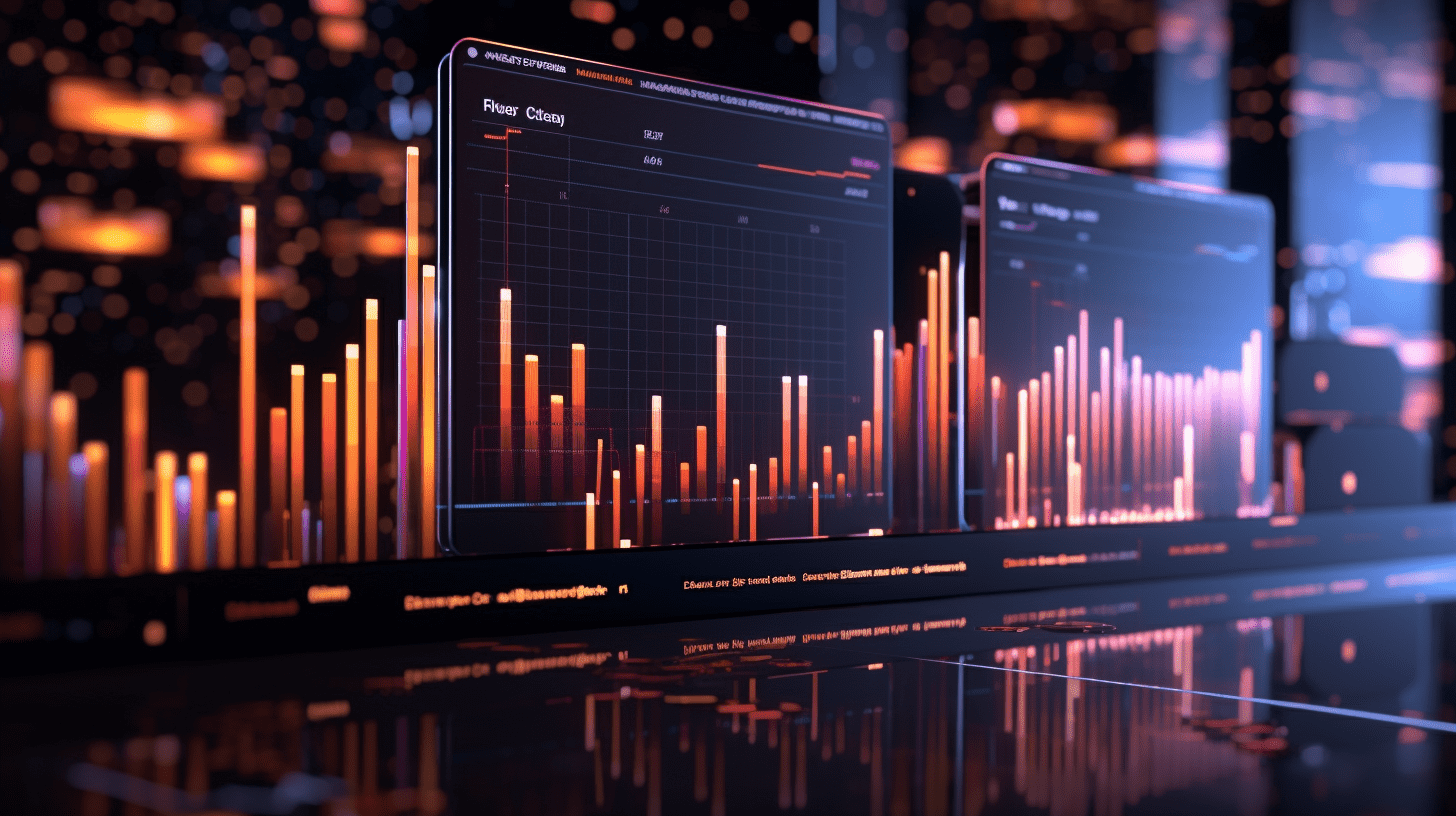
Buffett's designated successor - Who is Greg Abel? Can he continue the legend of the "Stock God" Buffett?
03/05/2025


